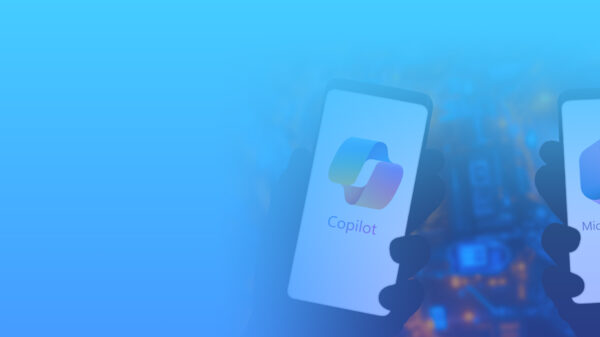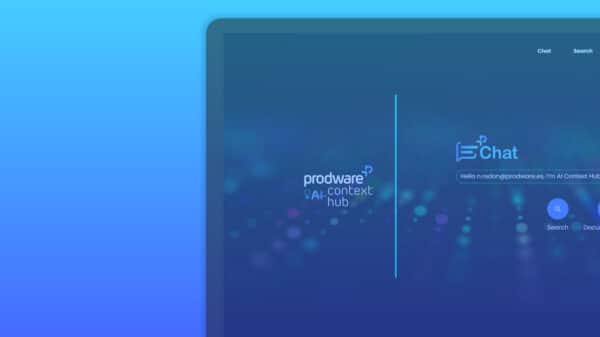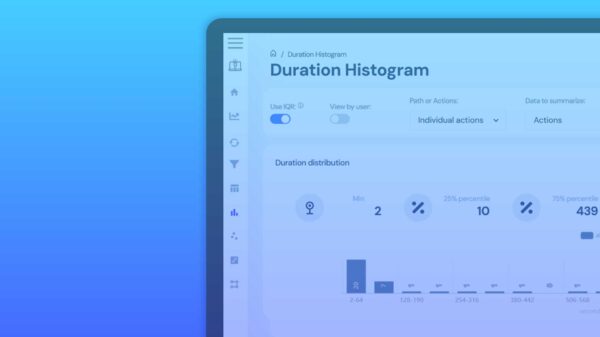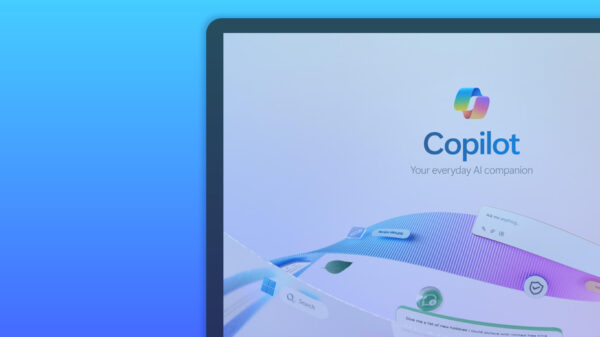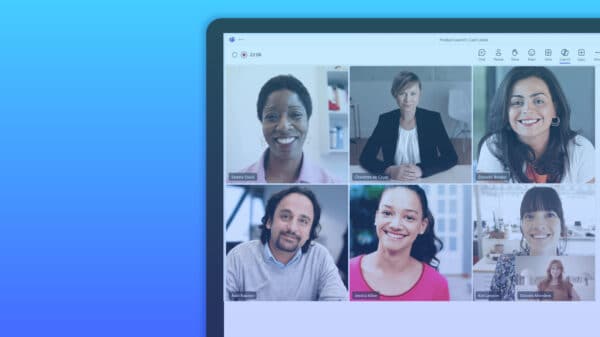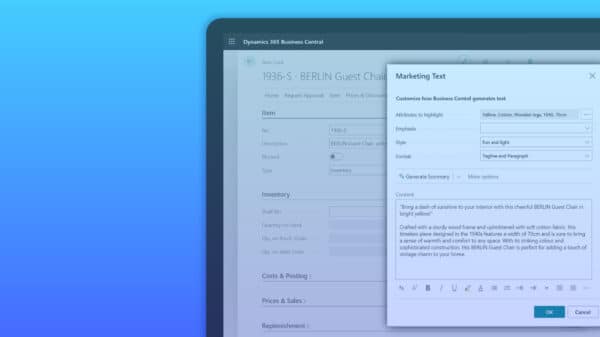What is Artificial Intelligence?
Artificial Intelligence or AI, is the theory and development of computer systems able to perform tasks normally requiring human intelligence, such as visual perception, speech recognition, decision-making, and translation between languages. Machine Learning, a subset of AI, is the study of algorithms that improve automatically through experience.
Types of AI technology
What are the benefits of AI?
In business, AI helps to simplify and automate processes (repetitive, lengthy or dangerous tasks where robotics can replace human actions) and free workers’ time to upskill in value-add activities. Machine Learning also supports Business Intelligence, for example increased accuracy in demand forecasting for retail, distribution and manufacturing sectors. By automatically learning, analyzing and combining data sets, business can match supply and demand.
In the home, consumers benefit from Artificial Intelligence (often in conjunction with other disruptive technology such as IoT and Big Data) to make life easier and more convenient; reminders from our smart home devices of the grocery list or into the future self-driving cars.
Why is Artificial Intelligence important?
How can Artificial Intelligence meet organizational challenges?
By embracing AI tools in the business applications you’re already using, you can accelerate employee productivity, creativity, efficiency, decision-making and innovation across your entire business.
What is Generative AI?
Generative AI is a subset of artificial intelligence that leverages machine learning algorithms to learn from data and create new content.
This innovative field of AI uses deep learning models, particularly neural networks.
How is Generative AI different?
- Functionality: Generative AI goes beyond traditional AI. It can predict what comes next in a pattern it identifies and create new data, images, and other forms of content
- Data Use: Instead of relying solely on existing sources, generative AI generates fresh content by learning from patterns
Generative AI is used in a variety of applications, from creating human-like text to producing realistic images.
The generative models are based on the concept of understanding and replicating patterns in the input data.
For instance, Google’s language translation service uses generative AI to produce translations that read like they were written by a human.
Microsoft´s Bing search engine has been revolutionized with the addition of Copilot, powered by GPT-4, an advanced language model.
In the world of business, Generative AI opens up new opportunities for innovation and efficiency.
Explore Copilots in your everyday work applications such as Microsoft 365 and Dynamics 365 to see how infusing and embedding AI in business can boost productivity and creativity without disruption.
The research and development in this field are rapidly evolving, making Generative AI one of the most exciting areas in the Artificial Intelligence landscape.
Chatbots and Artificial Intelligence
What is a chatbot?
A chatbot is a software application used to simulate human conversation online through voice commands, text chats or both.
Benefits of chatbots
These conversational agents enhance the customer experience by helping solve customer requests, place orders or direct a customer to the right department.
They can also:
- Automate certain repetitive tasks such as FAQ in customer service
- Provide a prompt response anytime
- Help boost sales through cross sell and up sell suggestions
- Help in making a purchasing decision
- Manage payments and facilitate the sales process
- Deepen customer understanding
- Help increase customer engagement with proactive interactions
Artificial Intelligence and Prodware
Prodware’s innovation approach harnesses AI in multiple apps and services across many industries and roles.
Prodware AI apps and services
Prodware´s AI Maturity model
We understand that making the leap to Artificial Intelligence can be overwhelming, there is a lot of hype, many seducing features, but how do you know what will truly support your business to improve?
That´s why we talk about levels of maturity, to help your organization to first understand your readiness to adopt or require AI and then match your position and needs to move you up the scale.
AI Maturity Level 1
Get Ready for AI.
The first step is to “Make data ready for AI.”
Companies need to assess the readiness and status of modern and centralized data platforms, cloud and infrastructure to make data simple and accessible for humans and AI alike to improve insights and learning.
The second step is to “Modernize and secure your business applications for AI.”
Legacy business applications may be limiting your organization in harnessing and integrating artificial intelligence technology, how can you future-proof the tools you use and keep building business value? Are your cloud infrastructure and security policies up-to-date that your applications work on?
AI Maturity Level 2
Smart Business Applications.
The first step is to “Infuse AI in your business applications.”
Your business applications are modernized and fit for embedding AI features. Companies can gain a competitive edge by leveraging AI to improve operational efficiency, offer personalized experiences, and make data-driven decisions.
Our team have developed and implemented integrated AI applications and features directly within the ERP and CRM tools you use such as Microsoft Dynamics 365 and Power Platform in common workflows and scenarios that normally take you too much time.
The second step is “Smart automation with RPA and AI apps.”
Through intelligent automation, enterprises can streamline inconsistent processes, forecast demand fluctuations with precision and swiftly adapt without the need for manual intervention.
Review your tasks, workflows and business processes across the supply chain to infuse your business applications with Robotic Process Automation, AI, API integrations etc. to increase efficiency and productivity.
AI Maturity Level 3
Analytics.
The first step is to “Extract the real value of data.”
Harness AI to make sense of the data you are generating and storing. AI can analyze large volumes of data quickly and accurately, extracting valuable insights and patterns that may be difficult for humans to identify.
Let our team help you identify the structured and unstructured data that hold insights and bring in AI technology to lay the foundations for predictive modelling and scenario generation for better decision-making and trend analysis.
The second step is “Insight, Dashboard & Trends.”
Now you´ve brought in the technology, it´s time to develop Business Intelligence dashboards to automatically surface insights based on KPIs that matter to your organization.
AI´s techniques and algorithms leverage advanced technologies like machine learning, natural language processing and data visualization at scale.
Use AI to automate analysis processes, analyze and interpret data to derive insights and free up resources.
The third step is “Predictive Analytics.”
Predictive analytics is the use of mathematical and statistical methods, including artificial intelligence and machine learning, to predict the value or status of something of interest.
Use AI across sales, marketing, HR finance and supply chain to spot trends and make recommendations.
AI Maturity Level 4
Generative AI.
The first step is to “Transform your customer experience.”
Harness the power of cutting-edge Generative AI to tailor unique and personalized experiences and create content for your customers. Using advanced AI algorithms to deeply understand customer preferences, behaviors and needs from vast data sets.
The second step is “Next generation ChatBots.”
Next Gen AI has the power of Large Language model (LLM) Chat combined with analysis of large data sets of documents and information inside and outside your enterprise data, to assist employees and customers with surfacing and creating content without hallucinations.
The third step is “Empower your employees and boost productivity.”
The era of generative AI has steered a new way of working to allow every employee to work smarter, be more productive and upskill.
By infusing Generative AI such as Copilots in everyday work applications using natural language, employees can seamlessly be supported in common scenarios and tasks that traditionally take too much time.



